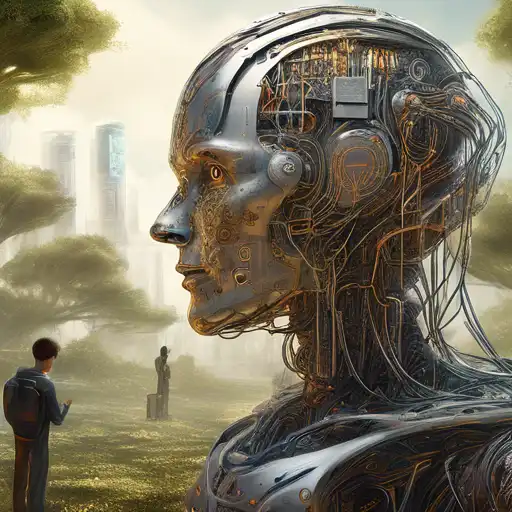Introduction to Natural Language Processing
Natural Language Processing (NLP) stands at the intersection of computer science, artificial intelligence, and linguistics. It's the technology that enables machines to understand, interpret, and generate human language in a way that is both meaningful and useful. From voice-activated GPS systems to customer service chatbots, NLP is revolutionizing how we interact with technology.
How Machines Process Human Language
At its core, NLP involves several key steps: parsing, semantic analysis, and pragmatic understanding. Parsing breaks down the language into understandable parts, semantic analysis interprets the meaning, and pragmatic understanding considers the context. Together, these steps allow machines to grasp the nuances of human communication.
The Role of Machine Learning in NLP
Machine learning algorithms play a pivotal role in NLP by enabling systems to learn from data. Through techniques like supervised learning, unsupervised learning, and reinforcement learning, machines can improve their language comprehension over time. This adaptability is crucial for handling the complexity and variability of human language.
Applications of Natural Language Processing
NLP has a wide range of applications across various industries. Here are a few examples:
- Healthcare: NLP is used to interpret clinical notes and improve patient care.
- Finance: It helps in analyzing market trends and customer feedback.
- Education: NLP powers language learning apps and automated grading systems.
- Customer Service: Chatbots and virtual assistants rely on NLP to provide timely and accurate responses.
Challenges in Natural Language Processing
Despite its advancements, NLP faces several challenges. Ambiguity in language, cultural nuances, and the ever-evolving nature of human communication pose significant hurdles. However, ongoing research and development in machine learning and computational linguistics are addressing these issues, paving the way for more sophisticated NLP solutions.
The Future of Natural Language Processing
The future of NLP is incredibly promising. With the advent of more advanced algorithms and the increasing availability of data, machines are becoming better at understanding and generating human language. Innovations like artificial intelligence and deep learning are expected to further enhance NLP capabilities, making technology more accessible and intuitive for everyone.
As we continue to explore the potential of NLP, it's clear that this technology will play a central role in shaping the future of human-computer interaction. Whether it's through more natural conversations with virtual assistants or more accurate translations, NLP is making technology more human-friendly.
